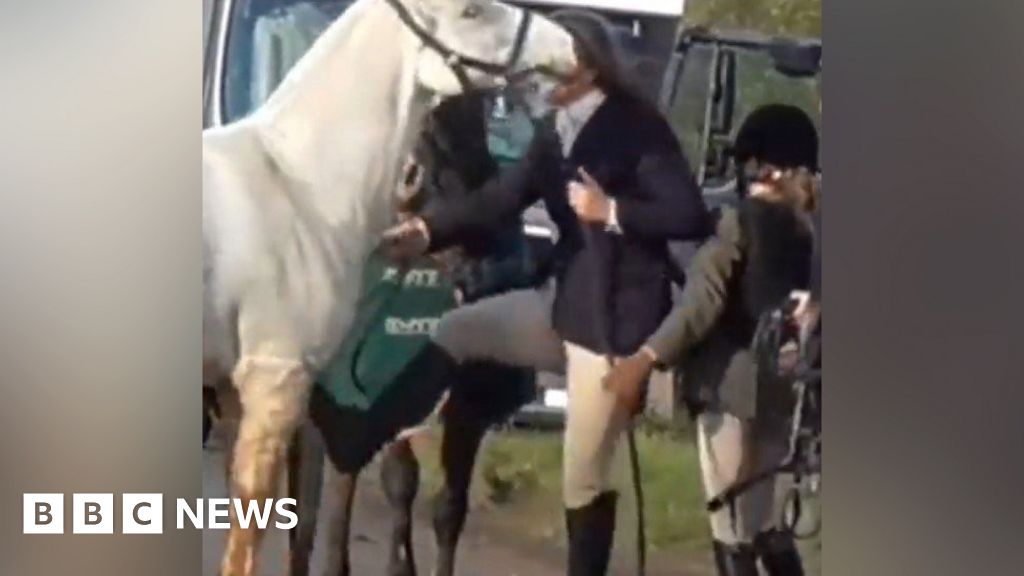I'd be about 12 when my older cousin was moving a 2yr old colt from its stable to a home paddock. I was hanging around as I'd be mucking the stable out. This colt works out in its head that its on the way to the paddock & bolts in its own excitement, catching big cuz by surprise.
Have you ever tried to hang onto a 2yr old colt that has bolted?
Do you know just how powerful a 2yr old colt can be?
It's a juvenile, it doesn't yet know how to behave & its full of hormones. It's 'unbroken'. Do you know why they call it breaking a horse?
It was throwing him around like a rag doll as he clung onto those reins, he was screaming at me to grab them to add some weight, but the colt was kicking out with its rear hooves to keep me away. I knew if the colt got loose it would probably die, I knew if my cousin held on much longer he would probably die also. Grandad was the first to arrive & he wasn't going near those rear hooves either, he just grabbed a whip & set about thrashing the colt. The colt had already seen a bit of whip, its part of the training, & it soon calmed down enuff for grandad to take over the reins & take control that colt.
Do any of you know anything about horses & how to treat them, or do you just hate the type of folk who do?
Corporal punishment needs to be measured, commensurate, rational and calmly used.
I too, have a fair amount of experience with, on and around horses, and I too have seen 'experienced riders' temper tantrums.
On one hack, the 'experienced' stable girl's horse refused to go down a lane. There was nothing wrong with the lane, it just decided it didn't want to go down that lane. Instead, despite the girl wrestling with the reins and kicking it, it insisted on trying to mount an 8 foot high embankment. The rider was giving it hell with the whip on its backside.
Now whip a hourse on its backside, and it will go forward, or try to, irrespctive of what's in its way, i.e. further up the embankment. A calm measured approach would have been to use the whip lightly on the horse's shoulder. Or even just show the whip to the horse. They recognise whips, and respond to the sight of the whip.
A calm measured approach would have been like the next example.
On another occasion, crossing a bridge over a motorway, and the local rider, who knew the way, their horse refused to go over the bridge,. So the local rider asked someone else to go first. someone else did so, and calmly crossed the bridge. followed by every one else, without any fuss.
On another similar occcasion, different bridge, we rode across in two's, side by side. far less stressful on the horse.
Similarly, when excercising race horses, they know a noisy crowd means they'll be off and running very soon, and they're getting all excited, they can't stand still. So you don't try to make them, you walk them round in circles. Try to make a horse stand still under those conditions and it might well decide to go on its own, without you.
Horses don't have rational thoughts, humans are supposed to, and we need to bear that in mind whenever dealing with horses.




